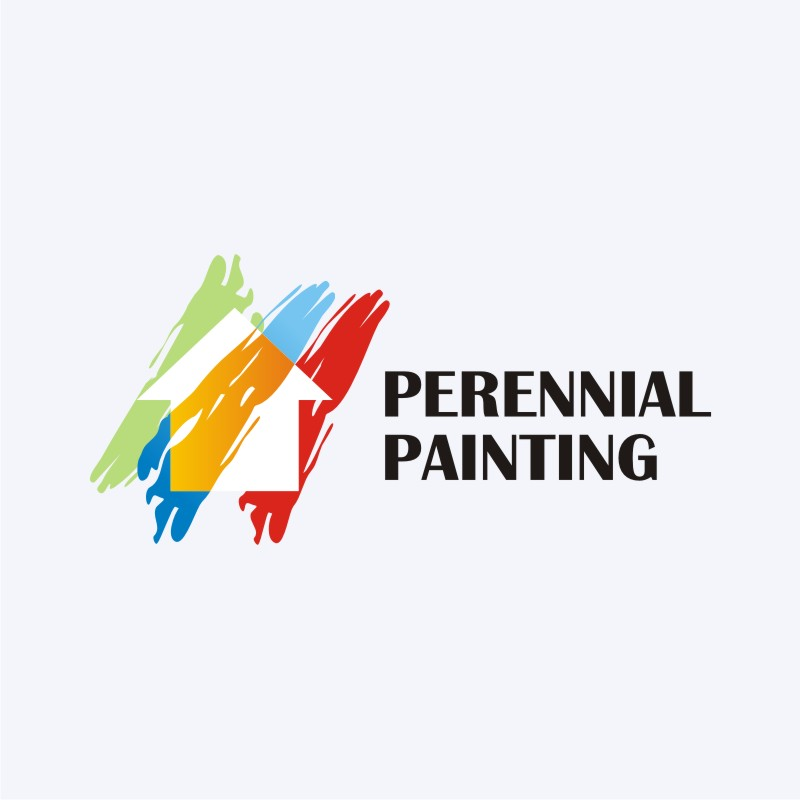Vital Seasonal Aspects Of Commercial Outside Paint: What You Should Comprehend
Vital Seasonal Aspects Of Commercial Outside Paint: What You Should Comprehend
Blog Article
Material Author-Leach Rosendal
When you're intending an industrial external painting project, seasonal factors can make or damage your results. You'll intend to consider just how temperature level and moisture effect paint application and drying out times. Picking the ideal period can ensure your paint adheres appropriately and lasts longer. Yet which exterior painting services are absolutely the most effective for this kind of work? Let's check out the crucial elements that can affect your task's success.
The Effect of Temperature Level on Paint Application
When you're preparing a business external painting job, the temperature can significantly impact how well the paint sticks and dries.
Ideally, you want to repaint when temperature levels range between 50 ° F and 85 ° F. If it's also cool, the paint may not treat correctly, resulting in problems like peeling off or cracking.
On the flip side, if it's as well hot, the paint can dry out also rapidly, protecting against appropriate bond and resulting in an uneven surface.
You must also consider the moment of day; morning or late afternoon uses cooler temperature levels, which can be much more beneficial.
Always check the maker's recommendations for the details paint you're making use of, as they commonly give support on the excellent temperature level array for optimal outcomes.
Humidity and Its Effect on Drying Times
Temperature level isn't the only ecological factor that influences your business outside painting task; humidity plays a significant function too. High moisture degrees can reduce drying times significantly, impacting the overall quality of your paint task.
When the air is saturated with dampness, the paint takes longer to heal, which can cause issues like poor adhesion and a greater threat of mildew growth. If house painting on a specifically damp day, be planned for extended delay times between coats.
It's critical to keep an eye on regional climate condition and strategy accordingly. Ideally, go for https://garrettdknrt.vidublog.com/33437540/highlighting-the-amazing-abilities-of-house-painters-figure-out-exactly-how-they-can-transform-your-residence-into-a-magnificent-masterpiece-that-leaves-a-lasting-perception between 40% and 70% for optimum drying out.
Keeping these consider mind ensures your project remains on track and provides a long-term coating.
Best Seasons for Commercial Outside Paint Projects
What's the most effective season for your industrial external paint projects?
Spring and early fall are normally your best options. Throughout these periods, temperatures are mild, and humidity levels are typically lower, creating suitable problems for paint application and drying out.
Stay clear of summer season's intense heat, which can cause paint to dry also rapidly, causing inadequate adhesion and finish. Similarly, winter's chilly temperature levels can hinder correct drying out and healing, taking the chance of the longevity of your paint work.
Aim for days with temperature levels between 50 ° F and 85 ° F for optimum outcomes. Keep in mind to check the neighborhood weather report for rain, as damp conditions can ruin your task.
Preparation around these elements guarantees your painting task runs smoothly and lasts longer.
Conclusion
Finally, preparing your industrial exterior paint projects around seasonal factors to consider can make a substantial difference in the outcome. By organizing job during the suitable temperatures and moisture levels, you'll guarantee far better bond and drying out times. Remember to watch on local weather forecasts and pick the right time of year-- spring and very early autumn are your best choices. Taking these actions will aid you achieve a durable and professional finish that lasts.
